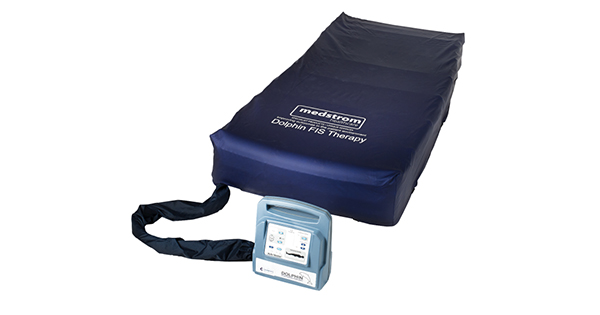The occurrence of pressure damage in the dying patient has been realised for many years. Charcot (1877) described a specific butterfly-shaped ulcer over the buttocks in patients who died soon afterwards. Shenk (2003) noted the development of pressure damage in a patient, ‘at the end she was confined to bed, in a fetal position, was incontinent and in spite of all care and attention she suffered from decubitus’. More recently, Kennedy (1989) recorded the Kennedy Terminal Ulcer (KTU) as a specific subgroup of pressure ulcers developed by some individuals as they are dying, usually butterfly-shaped and situated predominantly, but not exclusively, over the buttocks. This generated interest and investigations were undertaken within palliative care settings. Hanson et al (1991) reported that 62.5% of pressure ulcers in hospice patients occurred within two weeks of death. Reifsnyder and Magee (2005) noted that pressure ulcers on individuals in a hospice setting were more prevalent in those who had a previous history of pressure ulceration or dementia. While Bale et al (1995) found a prevalence of 24% in hospice residents. Galvin (2002) performed an audit cycle in a hospice setting to discover whether the incidence of pressure ulceration could be reduced, and concluded that pressure damage at the end of life in some individuals may be inevitable, coining the term skin failure. This term is rarely used, but perhaps the time has come for healthcare professionals to acknowledge openly that prevention of pressure ulceration is not possible in all patients, and to begin to familiarise themselves, colleagues and the public with this term, in order that realistic expectations of outcomes of care can be made.






